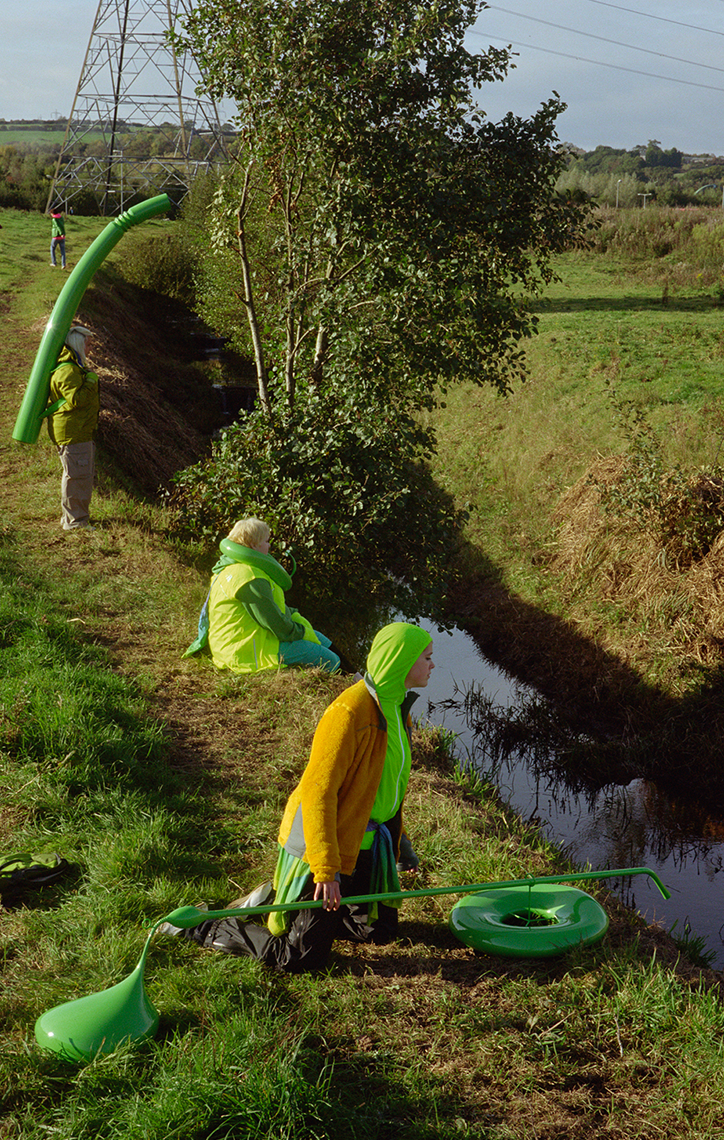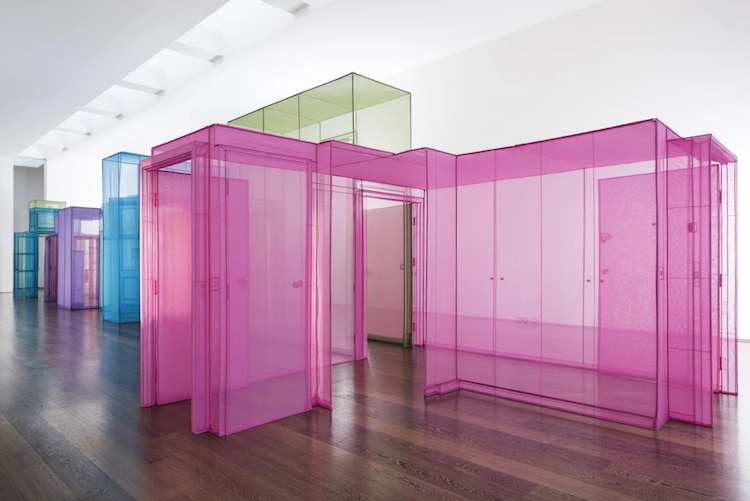The Photograph as Post-Industrial Object:
An Essay on the Ontological Standing of
Photographs
Flusser discusses the differences of cultural objects, industrial objects, post-industrial objects in relation to photography. He explains how cultural objects are gestures, and products of the fingers and hands, in contrast to industrial objects being produced in multiples, quicker and resulting in object inflation. Beyond industrial objects, he talks about post-industrial objects and that “human commitment is therefore no longer dedicated to the elaboration of programs but to the deviation from programs; it is no longer dedicated to the creation of values but to the deviation from values.”
Flusser states, “In the not far distant future, photos will become images appearing on electromagnetic screens; thus they will illustrate a future culture of pure, immaterial information, one in which society will be busy elaborating what is now called 'software'.” He also says, “This will involve not only a transvaluation of all values but a mutation in human existence.” I find this most interesting because I have personally witnessed these changes though out my lifetime and wonder what is the next phase in evolution in regards to objects and photography.
The Real Simulations of Thomas Demand
Karmel compares Demand’s work to the German pavilion in Epcot Center. Stating that Demand’s photographs “Offer a cleaner, neater version of the real world.” Demand’s work visual records of “unremarkable locations: offices, auditoriums, hallways, kitchens, bathrooms, staircases, stadiums and gardens, the familiar sites of mass society.” Studying at the Munich Academy of Fine Arts, he studied theater and church design which caused him to delve into architectural modeling. Precision and craft are at the fore fount of Demand’s work. He is very meticulous in the construction of seines before he photographs. At first glance they appear real until closer observation when the viewer notices the lack of certain details.
“Reality is not something tbat exists witbout us, he seems to say; it is something we construct, cutting and pasting tbe raw materials of our lives.”
Les Immatériaux or How to Construct the History of Exhibitions
When looking back at Les Immatériaux, Paris 1985 at the Centre Georges Paopidou, is was “conceived as a dramaturgy of information for the post-modern condition by its curator.” Lyotard was disappointed at the time in the, “still striking or strange objects and concerns of this exhibition.” Today it is thought of as “as a move from philosophy to exhibition, which formed part of Lyotard’s ongoing attempt to recast the discipline Kant called ‘aesthetics’.”
Rajchman states, “In this history, artists and artist-groups matter as much as established institutions; it is often from the former that new ideas arise, and from them that curators draw inspiration.”
Post by India














